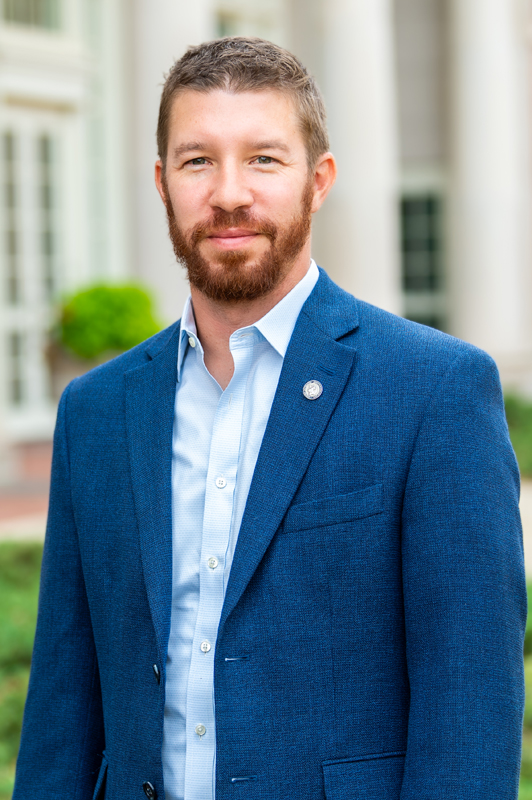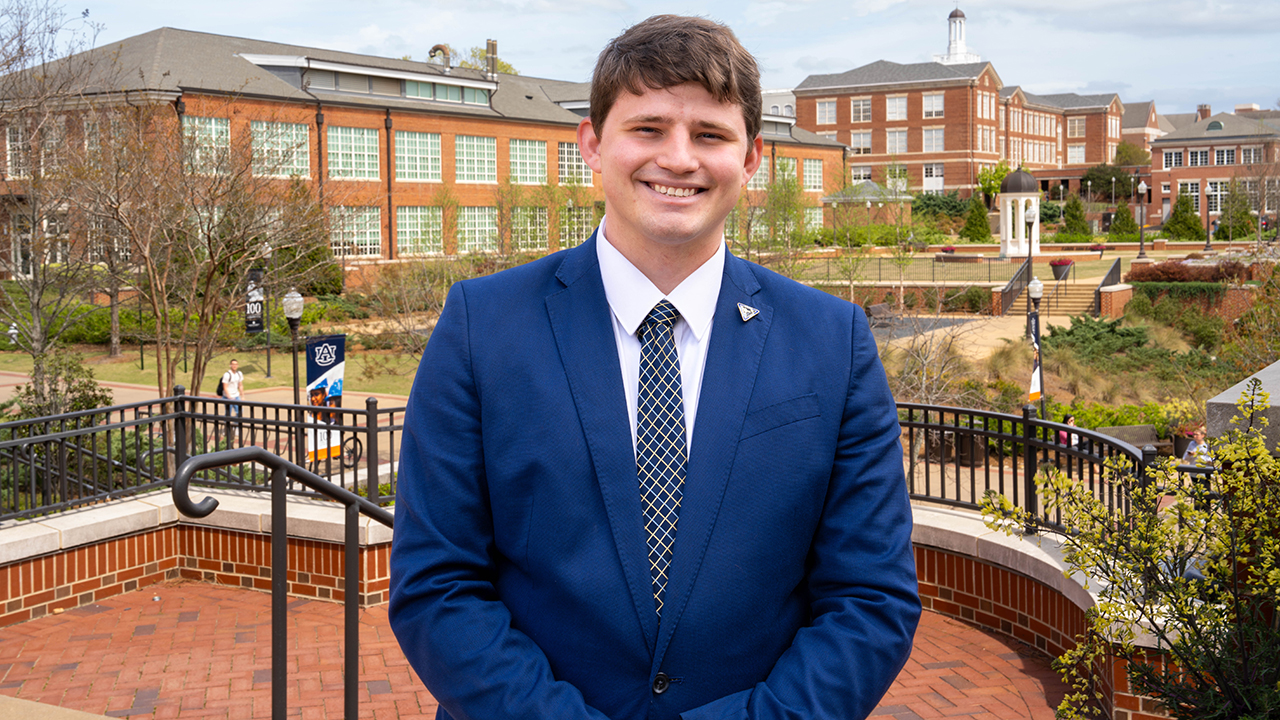AUBE Lab director to research beginnings of biomechanics during six-month stint as Museo Galileo Visiting Professor
Published: Apr 15, 2025 2:20 PM
By Jeremy Henderson
Michael Zabala, Auburn Alumni Engineering Council Associate Professor in the Department of Mechanical Engineering, is taking his interest in mining the beginnings of biomechanics for what it can provide the field's future to the next level.
Specifically, he’s taking it to Palazzo Castellani, the four-story 11th-century stone building in Florence, Italy housing the Museo Galileo.
In June, the director of the Auburn University Biomechanical Engineering Lab (AUBE Lab) will begin a six-month professional improvement leave to serve as a visiting professor at the museum dedicated to astronomer and scientist Galileo Galilei. The opportunity will allow him deeper insight into the strong historical ties between biomechanics and Renaissance-era scientists, as well as the means to enhance his annual "Engineering in the Arts" study abroad program.
Known mostly for his work in astronomy and physics, Galileo's scientific contributions also included explorations into the mechanics of animal movement and structure, as well as allometry, which laid the groundwork for biomechanical observation.
"Galileo Galilei and Leonardo da Vinci can rightfully be called the fathers of biomechanics," said Zabala, whose work focuses on human movement, injury prevention and performance enhancement. "When I was at Stanford, one of my professors spent time in Florence (Italy) studying Galileo and Da Vinci for inspiration for his own biomechanics research. That actually kind of inspired 'Engineering in the Arts.'"
Zabala's sabbatical will coincide with the 5th "Engineering in the Arts" trip to Florence, which began in 2019 as a means of introducing engineering concepts within an artistic context. In addition to studying Renaissance luminaries like Galileo and da Vinci, participants delve into the biomechanics of dance and the acoustics and vibrations of singing.
"During last year's trip, I was able to meet with the executive director of the Galileo Museum, Roberto Ferrari, to discuss potential collaborative efforts," Zabala said. "That's partly how this came about."
As a visiting professor, Zabala will have unique access to the more than 1,000 exhibits — mostly mechanical devices — housed at the museum.
"These are pretty complex devices, especially for the time," Zabala said. "So, I'll spend part of my time studying the ones relevant to my research, summarizing and documenting their function and documenting potential research ideas."
He'll also have access to world-class scholars connected to the museum.
"That's something I'm really looking forward to — being able to bounce ideas off of some really brilliant minds that are thinking about the same things I am, and that can help me think through current and future research avenues."
Zabala will also present his existing research on exoskeleton technology, human movement intent prediction and 3D scanning and printing of custom-fit wearable devices in a seminar series for the public hosted by the museum.
"Being awarded the professional improvement leave is an honor, and I'm really expecting some great benefits to come from it," he said. "I'm obviously expecting it to pay personal dividends but hopefully it can also boost the university's global brand.
"Six months of pistachio gelato will be pretty nice, too."
Media Contact: , jdh0123@auburn.edu, 334-844-3591
The Museo Galileo is housed in the Palazzo Castellani, a four-story 11th-century stone building in Florence, Italy.






